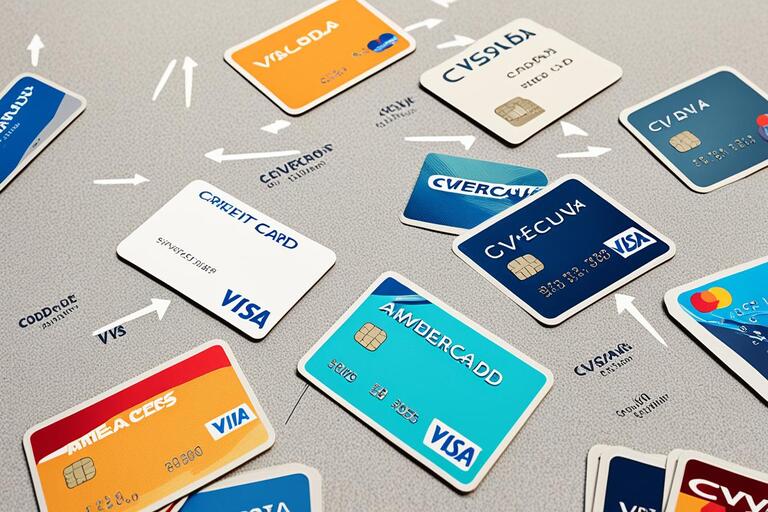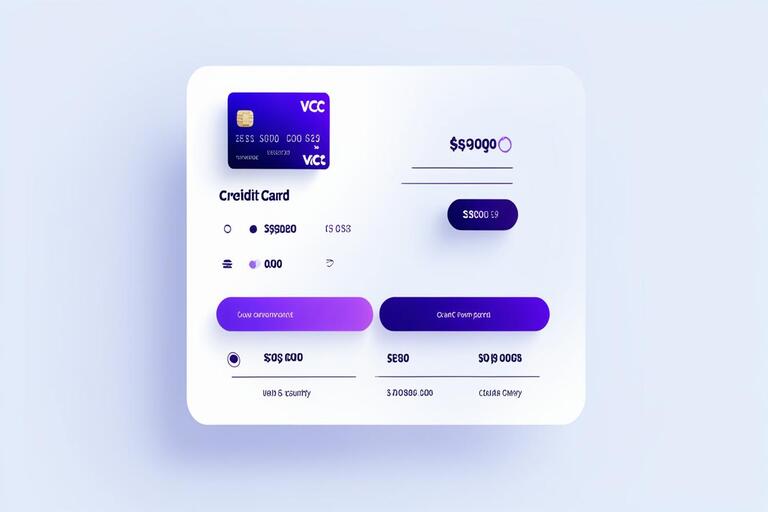
Purchasing Fake CC for Carding can be Your First Step in Fraud Warning
The concept of "carding" refers to a number of illegal activities in the shady world scamming across the internet. Identity Theft Identity theft is one of the malicious ways to steal credit card details and use them for shopping. This problem has simply ballooned from the BBS era until today, with online marketplaces giving scam artists more opportunities.
Fe shop cc in 2014. Gather around Fe CC Shop nowadays and sites like these have turned into points of sale for stolen credit cards details. There is a serious need for this banned commodity, and they fill it. So, there are quite many credit cards that you can find on these sites like Visa Signature, Visa, Platinum and it also includes visa Credit Builder. For instance, they provide the name of the cardholder along with his or her CVV code and available amount.
Fe shop cc mostly because carding is easy money and more people flock to the crime. But, the risks are high. Down to the nitty-gritty now, criminals from carding world mostly nourish on credit cards data via Phishing and hacking or meet an evil-spoken bloke that will sell credit-card info garnered through illegal means.
What Carding Activities Are? Definition & Scope
Carding isn't just using credit cards with a wrong way. It utilizes personal info and underhand financial techniques. It really grows fast this type of cybercrime. Mostly, people think of this as a short term money saving scheme
Carding: More Than Just Credit Card Fraud
The act of carding credit cards stolen. It comprises the act of moving and using individual info illegally. Sophisticated methods are also employed by criminals to conceal their illicit money flows. This proves that the stolen info is something worth selling; this creates an underground market where black hats sell it through websites like Fe CC Shop.
Carding is a real threat. This is because cybercriminals will usually misuse our information and cash data. This is highly essential for individuals as well as organizations alike to defend themselves. They need to make sure that they are never carding or partaking in any other such unlawful activity.
On leaking stolen data to resale’s
There is a large underground market for your credit card details. Such a market exists and is active on Fe shop cc websites in the dark net or learning places. This stolen data is mostly obtained by carders (thieves) through techniques including skimming tools or hacking. These are then sold as data groups to people that want to commit fraud.
What You Need To Know About Darknet Markets/Carding Forums (Part 1/2)
In the hidden corners of the dark web, purloined information is exchanged for secret monies. The thieves can purchase sets of location-specific data to not get caught. They can run bulk data quality checks to know if the information is still good before completing a deal to be sure they are not overpaying for it.
Fe Shop Stolen Card Details Costs and Packaging
A stolen credit card detail for as low a price of $10 to around $50. The cost is determined by the quality of credit card data for sale and any additional information provided with it. For example: Fe shop cc some data sets allow for changing the destination of online purchases are very valuable. Many of which involve things like social security numbers that aid in identity theft.
Carding Ecosystem is Money Laundered
Also the digital carding world also changes every day. This is how cybercriminals are able to launder vast sums of money through online payment services. The Shadow Crew Forum back in 2004 demonstrated how popular the E-gold system was for laundering money.
Digital Payment Services
But by 2005 - nearly $2 billion later, and after several events that had to Fe shop cc raise suspicions of a possible problem somewhere (of which the one linked at right is only the "most spectacular") - even E-gold's owner saw for himself this obvious link: He caved only after the law started leaning on him for users records. This ended in tons of arrests for fraud or laundering money (as well as other crimes). However, by 2007 Douglas Jackson was under indictment for money laundering. E-gold took a big beat with this one.
But e-gold soon began blocking users in some countries with more stringent money controls. The U.S. government also shut down another such service, Liberty Reserve; in 2013 this further compounded the struggles of carders in particular.
Today carders use different methods, tools like Bitcoin service or old ways such as Western Union. The murky domain of carding is evolving. It also demonstrates why we all must remain vigilant and united from law enforcement, to banks, to technology professionals to prevent such crimes.
The History of Carding
They're called 'carding', a form of credit card fraud that has been around since the early internet days. The term originated in the 1980s with dial-up BBSes. These early systems were a form of what today we know as social media, places where people began using computers to meet and share information. Carding is the fraudulent use of a payment card (as in, credit card) to exploit or take funds from an account.
The Early Days: BBSes and Stealing Servers
Over the past, credit card information was obtained by criminals in a variety of ways. The group rummaged through dumpsters, pilfered mailboxes and occasionally bribed store workers for information. The pair also left packages or envelopes stuffed with stolen goods in undisclosed locations. These were known as "drops." Also, they can dupe salesmen into slipping over-the-phone data usable for fake transactions.
Many guides on carding were published: "The Vindicator" and others these ranged from B&E, to defrauding the fax system and so much more. This was until the 80s, where a lot of those hackers got caught for their carding crimes. It explained it with the legal system back then had a better understanding of financial crimes than computer ones.
2000s Online Carding Innocence
The 2000s saw the carding coming online, as the World Wide Web developed. The illegal activity of carding has been gaining popularity among criminals and scammers special sites, forums began to appear where you could get the right information. Here they could easily peddle Fe shop cc through buying, selling or trading in stolen credit card data. This has created a massive illegal online transaction market on the web.
The transition to e-carding has significantly increased demand for stolen card data. Then thieves started to use technology- things like hacking or phishing. They purchased intelligence on the dark web to execute their crimes.
Conclusion
Carding operates in a dynamic dataset, full of exception and without true good/bad labels. For it have risks and big impacts. One of the challenges for the law and banks is theft by fraudsters using stolen credit card data.
Websites like Fe CC Shop may be appealing due to the amount of credit card options, but logging in for your purposes. But you should be experienced; carding is illegally illegal kind of activity. The risks of fraud, identity theft and money laundering are way too much less on PCS.
Understanding what Fe shop cc carding is should be mandatory for you if you are someone who literally cares to do the right thing. It is better not to commit any such illegal acts.




